20+ Years Experience
Specialist Business Insolvency Company

Get in Touch Today to Speak to a Specialist Adviser
If a creditor sends you a statutory demand, it is important to understand what that means and why they have sent it.
Statutory demands are warnings, something sent before a bankruptcy petition or similar threat – and acting carefully is vital to ensuring that you respond properly.
This article will explain statutory demands, how serious they can be, and how experts like us can help you deal with them.
A statutory demand is a written warning from a creditor, usually about an outstanding debt. If the debtor appears not to be paying back their debts, then a genuine dispute is sure to follow, with the creditor sending a statutory demand as a warning to you to pay your debts. If you ignore them, they have a precedent to start court proceedings.
This is a demand to pay the debt unless disputed and a demand to come to court if your company has not paid the money owed.
Unlike insolvency and the insolvency act, this statutory demand is a direct debt demand with specific rules, creditor powers, and long-term implications for the company.
When creditors serve a statutory demand, the company/debtor served often has not yet paid back what is owed. Most statutory demand documents come with evidence and details of this and the total costs.
The company can examine the statutory demand to see if the debt demand aligns with what the creditor owes.
If the debt demand is accurate, there are ways to set aside the statutory demand or make deals with the creditor. If inaccurate, the debtor company can petition to have the demand looked at in court. This requires expert advice from a licensed insolvency practitioner like us.
If you do not pay the debt in full – or come to some other arrangement that you can realistically afford – then that genuine dispute will only worsen. Thankfully, statutory demands are not the end of the world – there are still ways to avoid bankruptcy proceedings.
You have a few ways to proceed if you receive a statutory demand. The most important step is never to ignore them – a statutory demand is a formal warning from a creditor, and pretending that it does not exist does not give you any breathing space or protection.
Get advice about how debt is disputed and determine how bankruptcy impacts your company. Further information is always good, and as a debtor, you need to understand the process before you can comply with the disputed debts.
Unlike the insolvency act, the process server can approach the debtor company anytime. However, the debtor company can also dispute with the process server if the debtor company finds that they are being served a statutory demand that they find unreasonable or inaccurate.
If you think that the statutory demand should be challenged given your company’s circumstances – for example, you do not actually owe the debt, or the creditor has already reached the time limit for court proceedings – then you can apply to cancel the demand.
This can only be done up to 18 days after creditors present you with a statutory demand.
A debtor company will need the court’s permission to challenge the demand this way and professional advice on how to handle the situation.
As you will see later in this article, you can also have the served demand set aside. However, depending on how it was served and whether there is justification for it, this may not work.
If you can afford to pay the creditors after the debt is disputed, you can pay what they are owed. This applies to all other creditors that have served you with statutory demands.
Your creditor may accept payment in instalments. This can be useful if you have other grounds for lack of payment or problems that affect why you can’t pay, and most creditors will accept this – they would rather have the money they are owed rather than no money.
If you cannot offer payment, you can ask the creditor to write off the debt.
This is most effective when you have no money left – no assets or belongings of value.
Creditors will often comply if they realise that there would be no point dealing with a statutory demand when you have no money to give them since they would have no owed money to gain from it.
Offering security against the disputed debt can prove that you plan to pay and are willing to stake something on the cost.
This needs to be handled by a specialist, so do not comply with security offers until you know all the details and get outside help.
An individual voluntary arrangement (IVA) is a legal agreement letting debtors pay creditors over time. This can be expensive but gives debtors some sought-after breathing space.
A creditor can only send a statutory demand and bankruptcy petition if you owe them more than £5,000. This means that managing your payment to reach under £5,000 of debt is a big step towards avoiding these rules.
Alternatively, if you decide that bankruptcy is the right way for your business to close, you can ignore the statutory demands.
Engaging with the demand can open up talks that may cause more problems than they solve.
A creditor can send statutory demands for any amount of debt.
However, if you owe less than £5,000, they can only demand to bankrupt you if they apply with other creditors and their collective debts reach higher than £5,000. The debtor’s legal costs do not count toward this total, only the debt and the interest.
If you cannot come to an agreement with your creditor or do not agree with the statutory demand served to you, then you can apply to the court to set aside a statutory demand instead.
Once you do this, the time limit for dealing with the demand stops until the court decides.
Statutory demands tell you how and where to apply if you want to dispute them. This includes demands that a government creditor serves you. However, to set it aside, you need to follow certain steps.
Apply using the IAA form online and send a physical copy to the court. There is specific information you need to include, which we can assist you with.
You also need a witness statement to support it and three copies of each form for the courts.
If you miss the 18 days, you can still apply if you give a good reason for the delay. Simply saying, “What is a statutory demand?” and claiming you did not understand what it meant is not usually good enough.
You will also need to add specific wording to the document, which we can help with.
This can apply to techniques other than the statutory demand, such as the winding up petition.
Setting aside the statutory demand and winding up petition are often done similarly and can have similar legal costs.
Still, a statutory demand is more severe than a winding-up order.
If your creditor is already taking out a county court judgement, then you will not be able to set aside the demand since the judgement is taken as proof.
However, if you make a dispute due to not owing the debt, the creditor needs to prove that you do before the process can continue.
You may be able to set aside the issue if you can prove that you are making regular payments to pay back the debt since companies are not usually allowed to treat a statutory demand as a way to “speed up” payments already being offered.
You can go bankrupt without a bankruptcy petition or statutory demand set by a creditor. For example, a creditor who has been unable to enforce a CCJ can make you bankrupt since this only tends to happen if debtors dodge the creditor. Creditor petitions to make you bankrupt can also happen during an individual voluntary arrangement (IVA).
If you fail to set aside a statutory demand, the creditor may make you bankrupt following the 12-day limit from the statutory demand. If a creditor petitions for bankruptcy proceedings over four months after the statutory demand, they need to explain the delay, and the court will make a final decision.
Missing your chance to set aside the statutory demand means you have a hearing date with the court (or high court). You can send a notice to the court and use the Bank 6 form to provide information that lets the court understand your case and why you object.
Reasons for objecting may include paying off your debts, making reasonable payments that the creditor refused, or that your creditor has no reason to issue a statutory demand because you have been paying them back as expected.
Ignoring a statutory demand (and any other document, like a winding up petition) can lead to a company bankruptcy order, alongside using a more forceful debt collection tool. Do not ignore statutory demand unless you agree with the demand and accept bankruptcy.
We can help you through the bankruptcy and insolvency process. As licensed insolvency practitioners, we can break down the details behind how bankruptcy will affect your business, the costs involved, and what to do after the process is complete.
If you need advice on how to deal with this problem or even pre-emptive advice to guide you to a more favourable option like insolvency, then we can help.
We provide a personal service that helps companies deal with legal and debt issues, including statutory demands.
Here are some other informative articles about business debt in the UK:

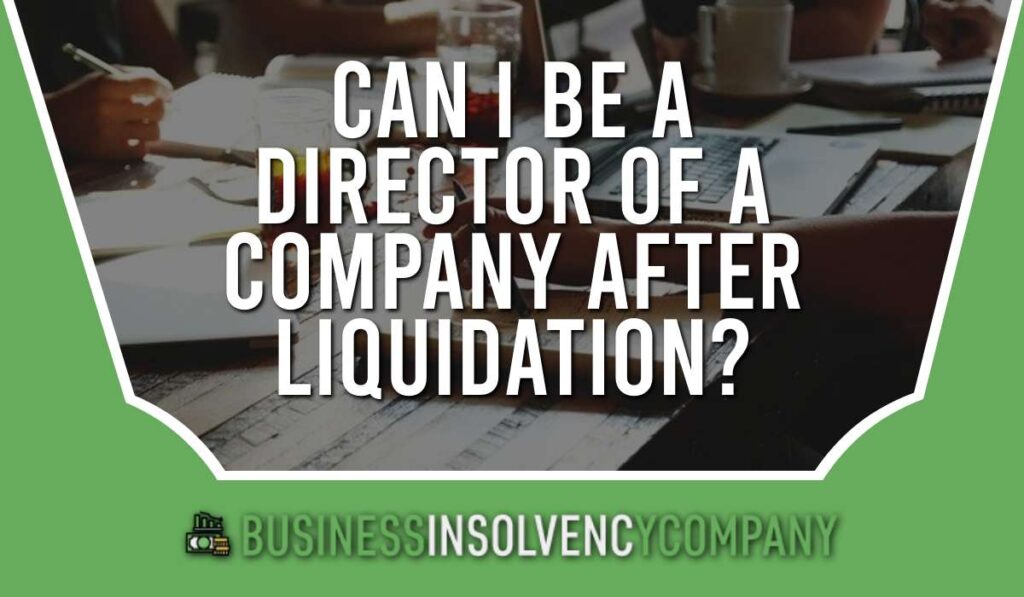







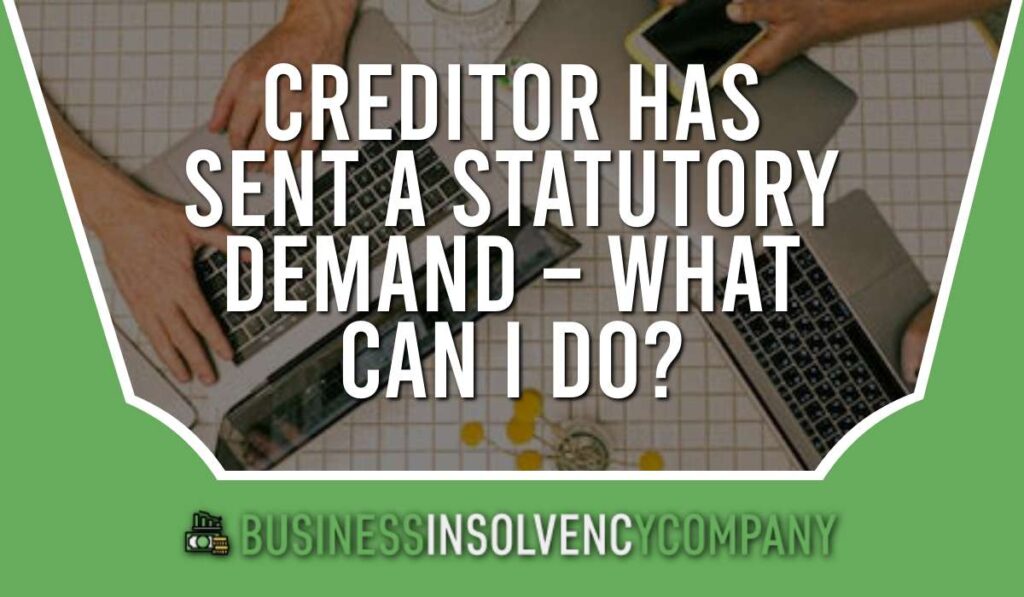
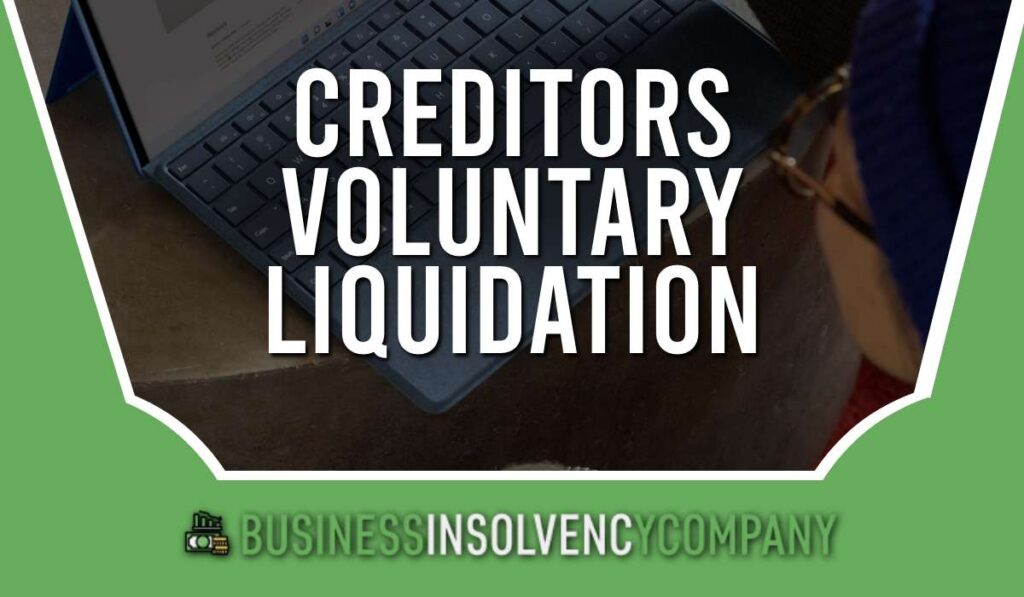
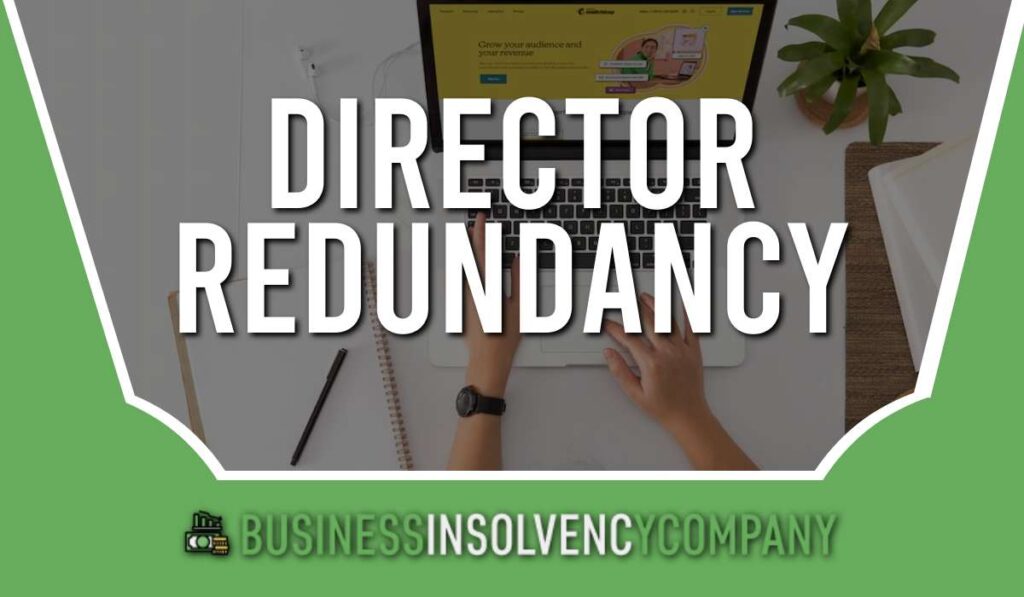

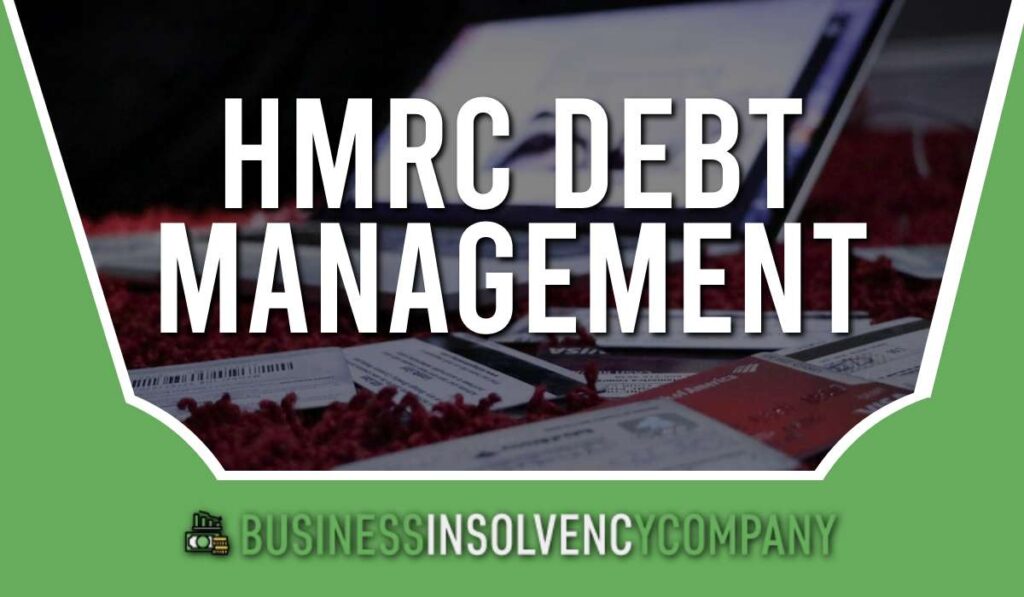

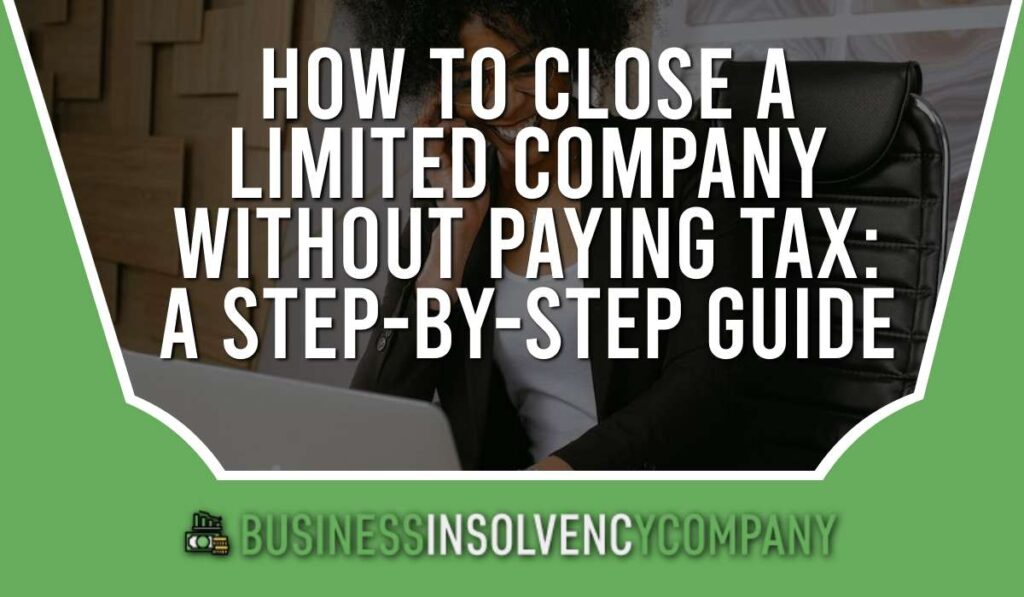
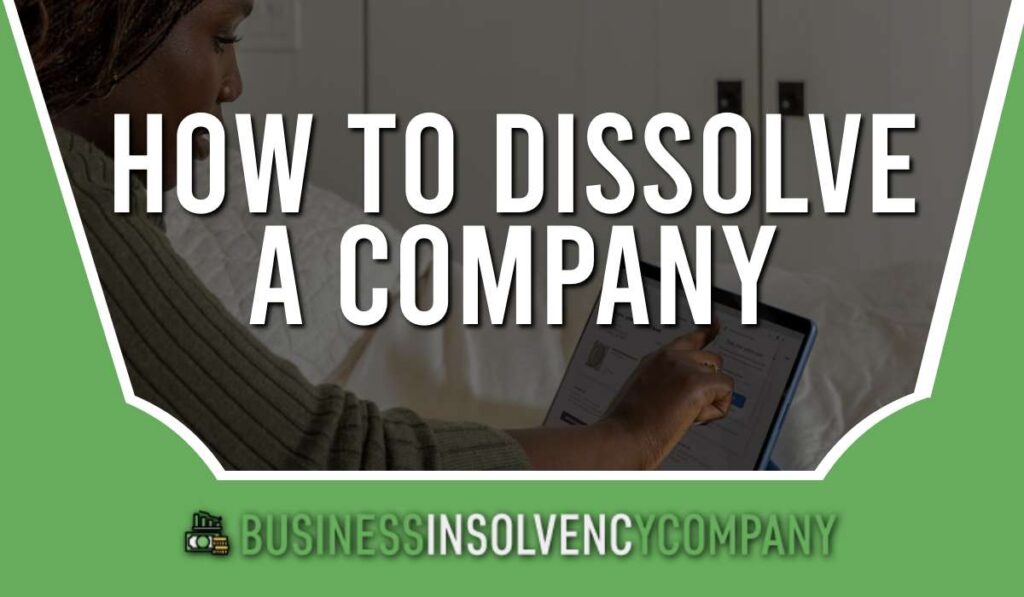










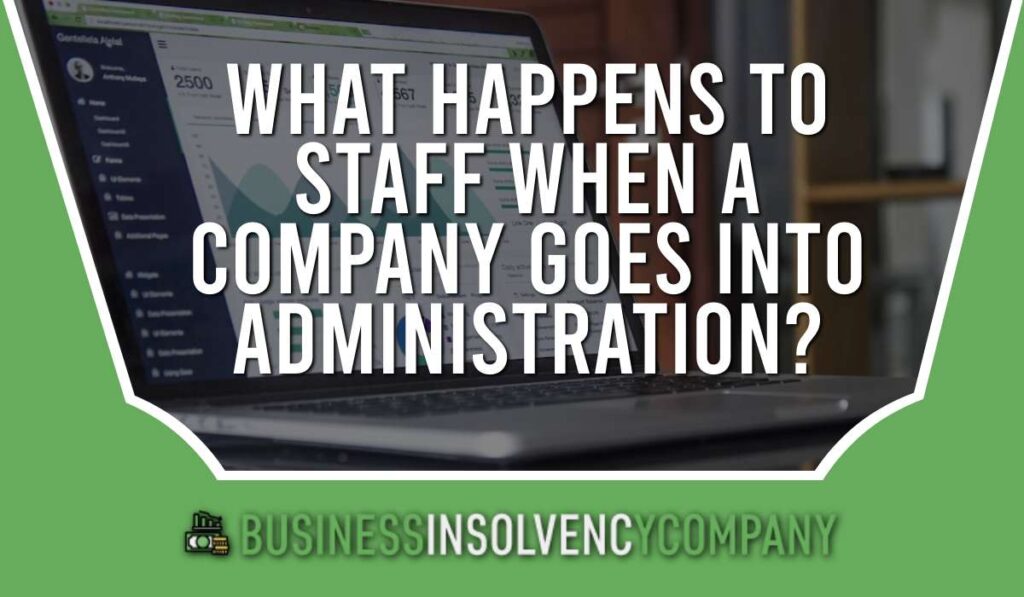





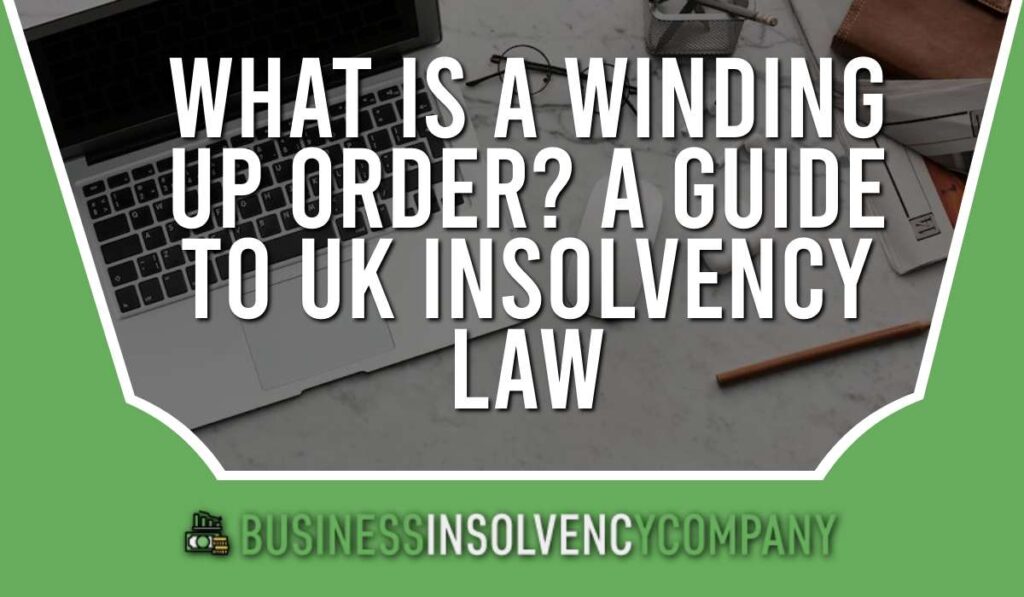




We Aim To Reply To All Enquiries With-in 24-Hours